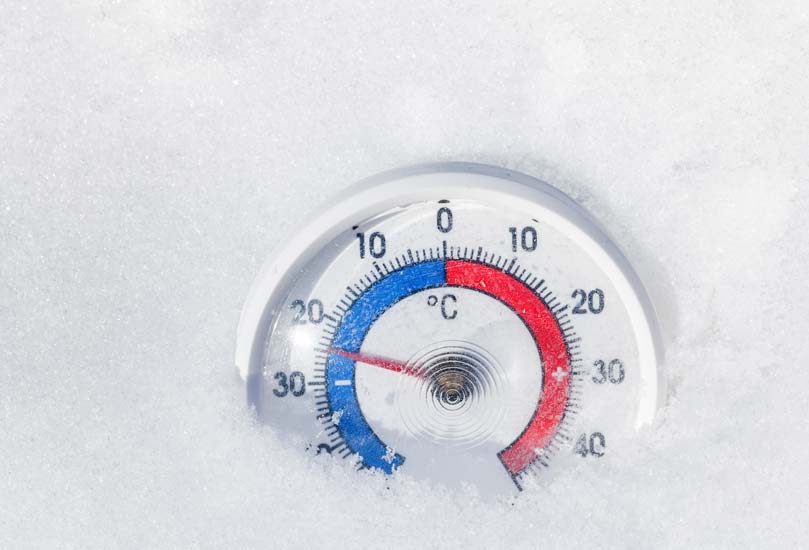
Effective temperature management is the backbone of any successful cold storage facility. In this guide, we explore how proper zoning can optimize energy efficiency, preserve product integrity, and extend equipment life.
Cold storage facilities are essential infrastructure for numerous industries—from food and beverage to pharmaceuticals and chemicals. The cornerstone of effective cold storage design lies in properly implementing temperature zones that address specific product requirements while maximizing operational efficiency.
At Cold Solutions Services, we understand that maintaining precise temperature control isn't just about preserving products—it's about protecting your bottom line. A well-designed cold storage facility with properly established temperature zones can significantly reduce energy consumption, minimize product loss, and extend equipment lifespan.
Temperature zoning in cold storage design refers to the strategic separation of storage areas based on specific temperature requirements. This approach offers several advantages:
The ambient zone serves as a buffer between the external environment and refrigerated spaces. This area typically includes:
Maintaining this transition zone helps reduce the thermal shock to products while minimizing energy loss when moving between drastically different temperature environments.
The chilled zone accommodates products requiring refrigeration without freezing. Common applications include:
This zone typically requires the most complex humidity control, as many products in this range are sensitive to moisture loss.
The cold zone operates just above freezing, perfect for:
This zone demands precise temperature control to prevent accidental freezing while maintaining maximum freshness.
Standard frozen storage maintains temperatures well below freezing for:
Frozen zones require robust insulation and vapor barriers to maintain efficiency.
The deep freeze zone supports specialized applications including:
These zones utilize specialized equipment and require additional safety protocols due to the extreme temperatures.
Reserved for highly specialized applications such as:
These zones demand the most sophisticated engineering solutions and typically have the highest energy requirements.
Modern cold storage design incorporates sophisticated monitoring solutions:
Pharmaceutical storage demands exceptional precision:
Food storage brings unique challenges:
Chemical storage requires specialized safety measures:
The cold storage industry continues to evolve with:
Effective temperature zoning is not merely a technical requirement—it's a strategic advantage in cold storage design. By properly implementing temperature zones that address specific product needs while optimizing operational efficiency, facilities can achieve significant cost savings while maintaining product quality.
At Cold Solutions Services, our expertise in cold storage design encompasses all aspects of temperature zoning. We recognize that each facility has unique requirements based on products, workflow, and local conditions. Contact Cold Solutions Services today for a consultation and discover how our expertise can transform your cold storage operations.